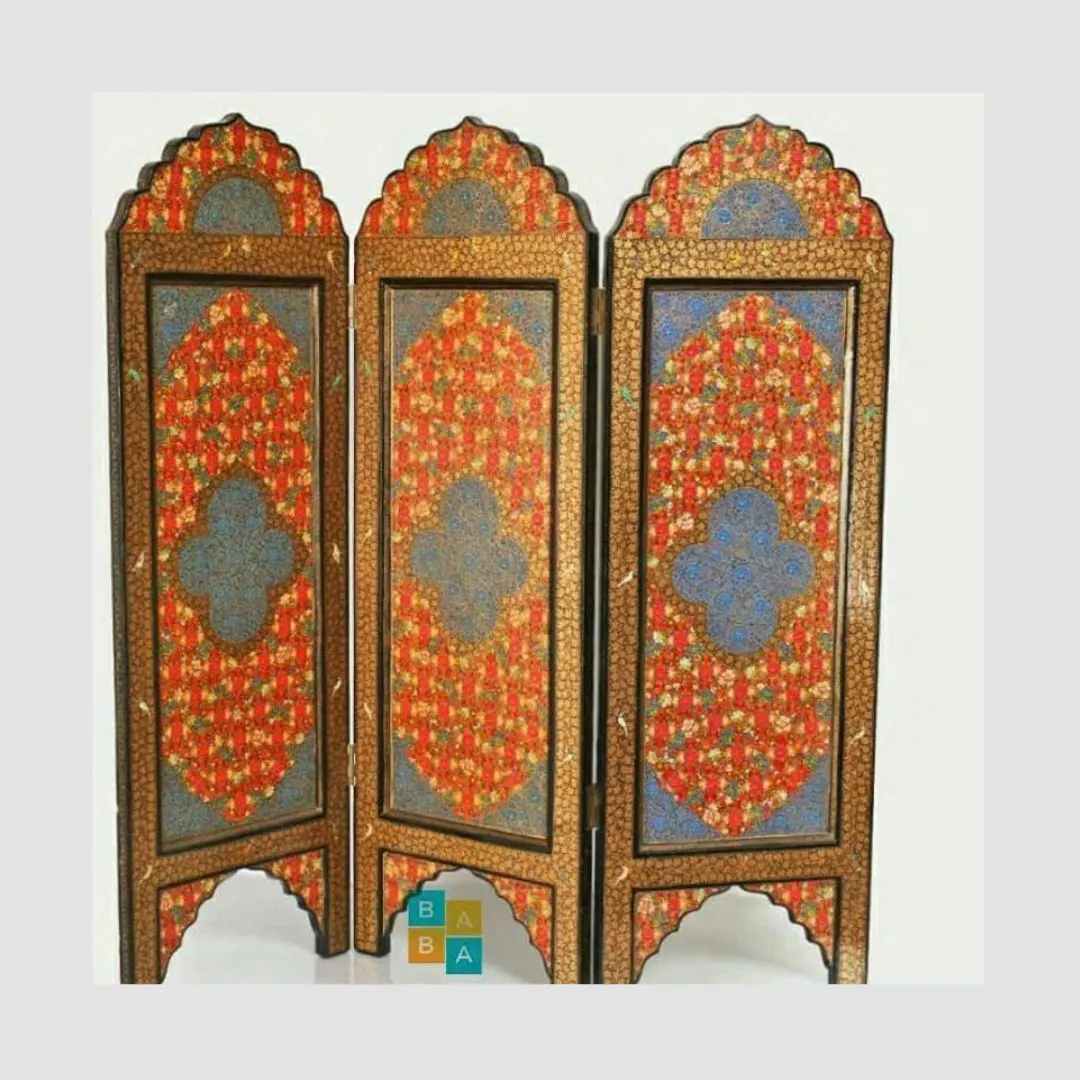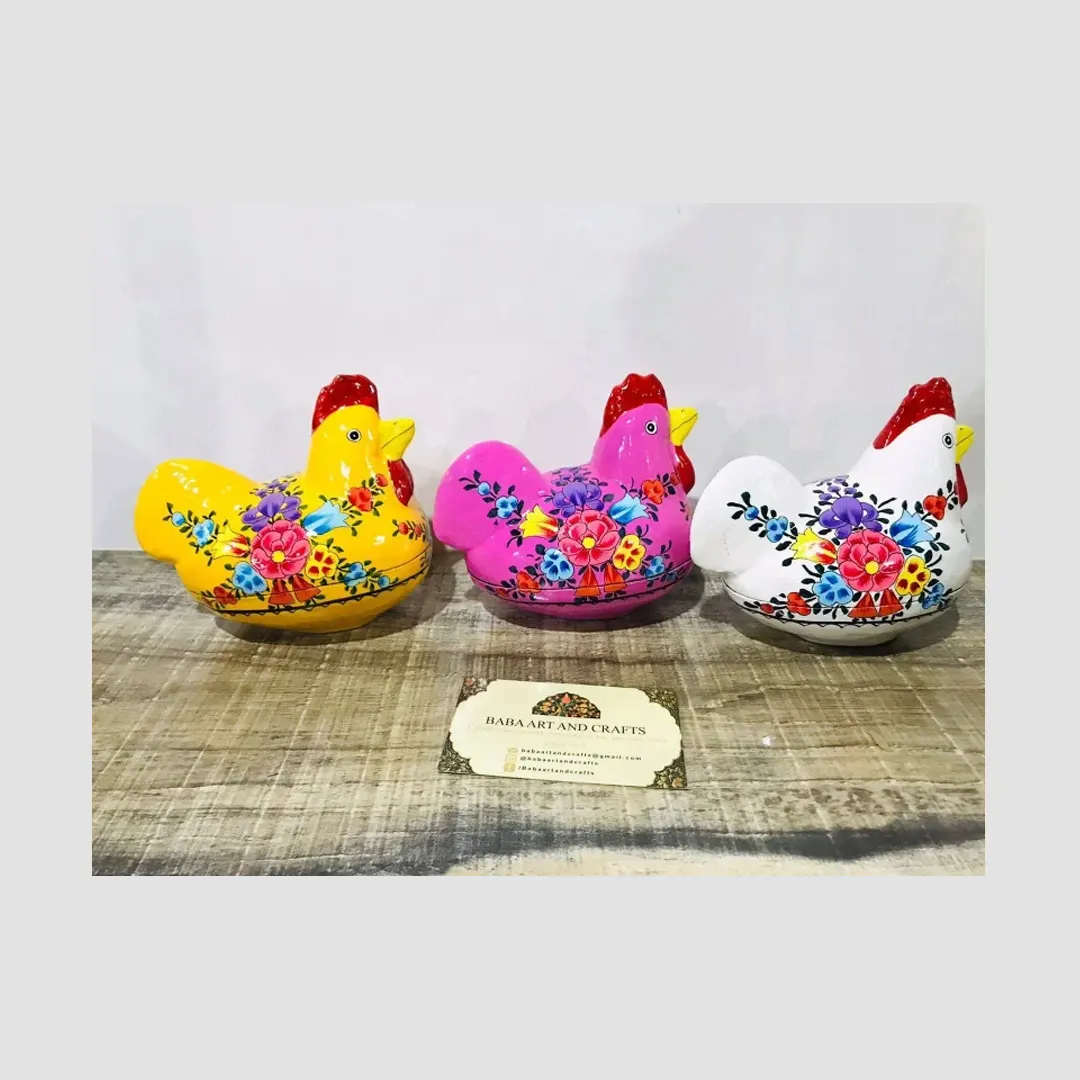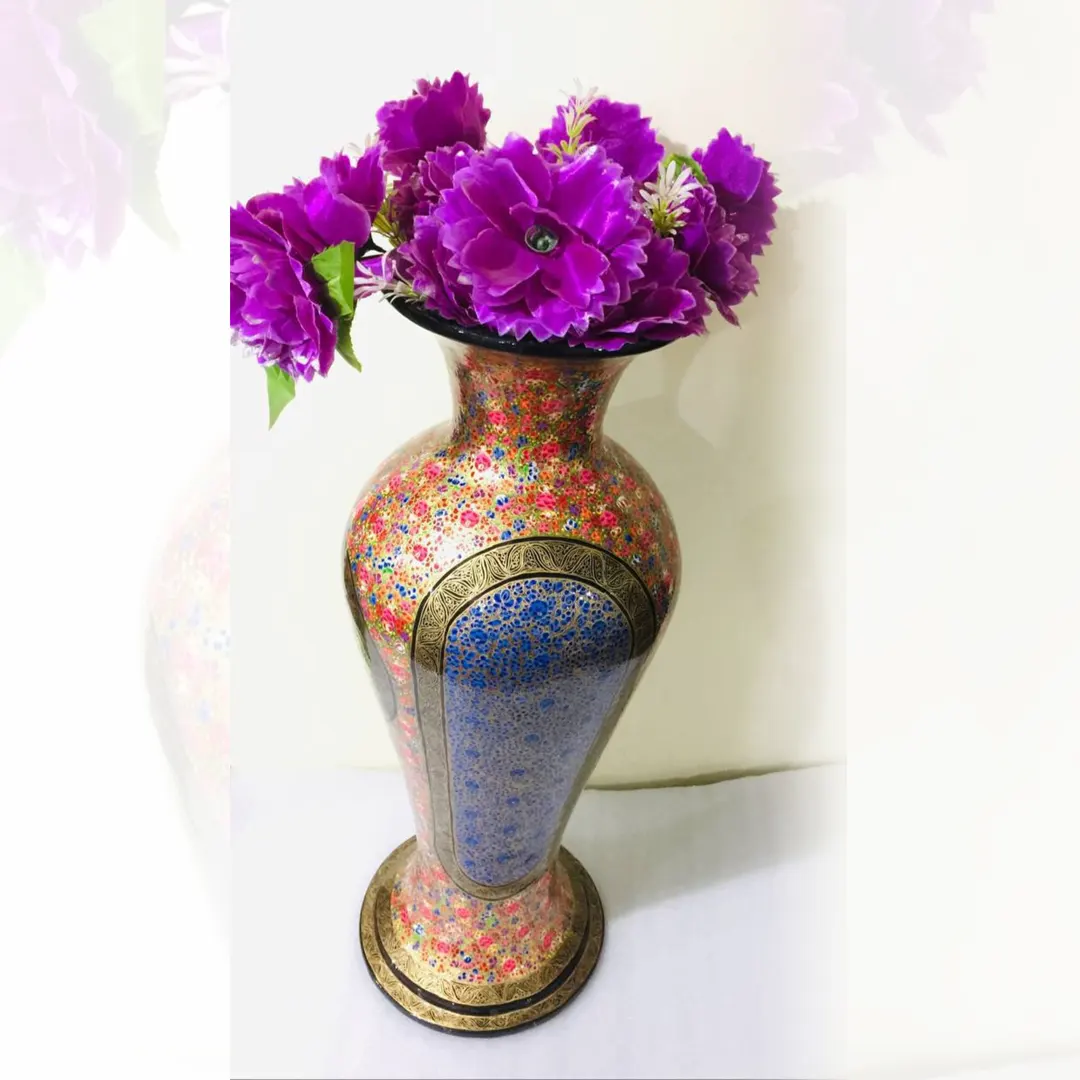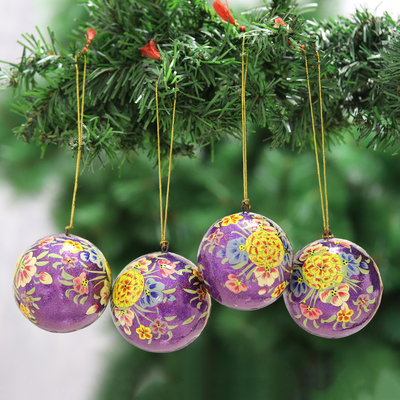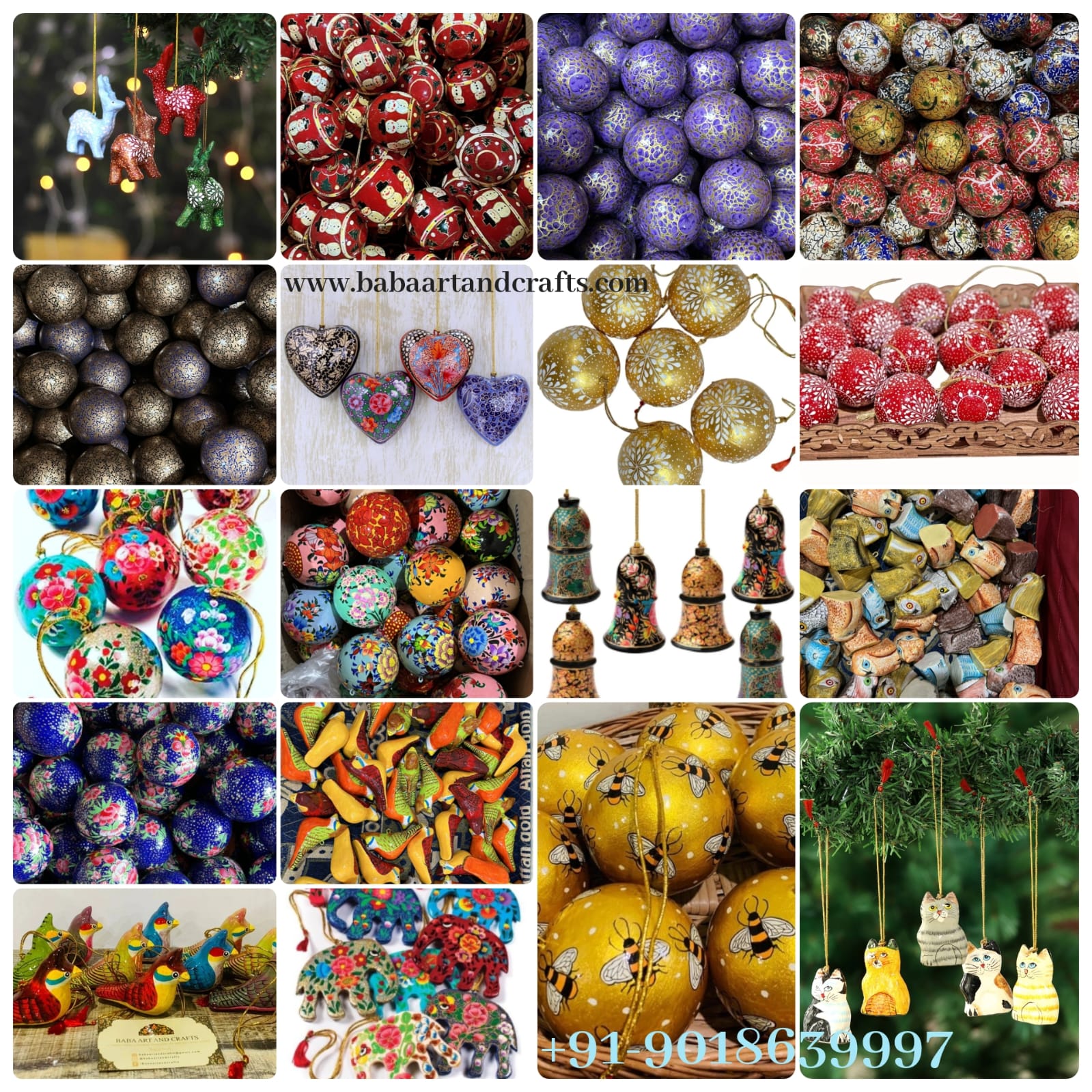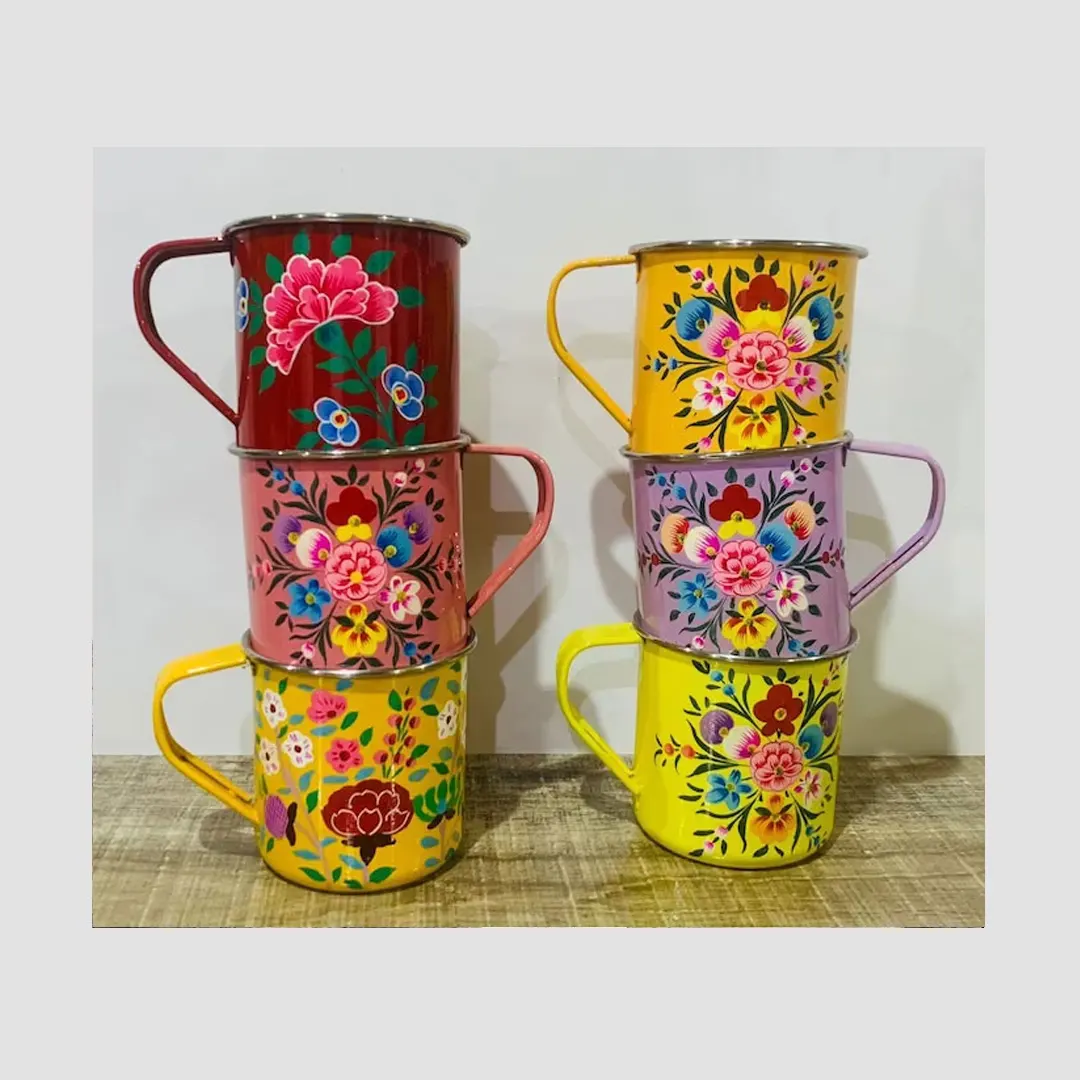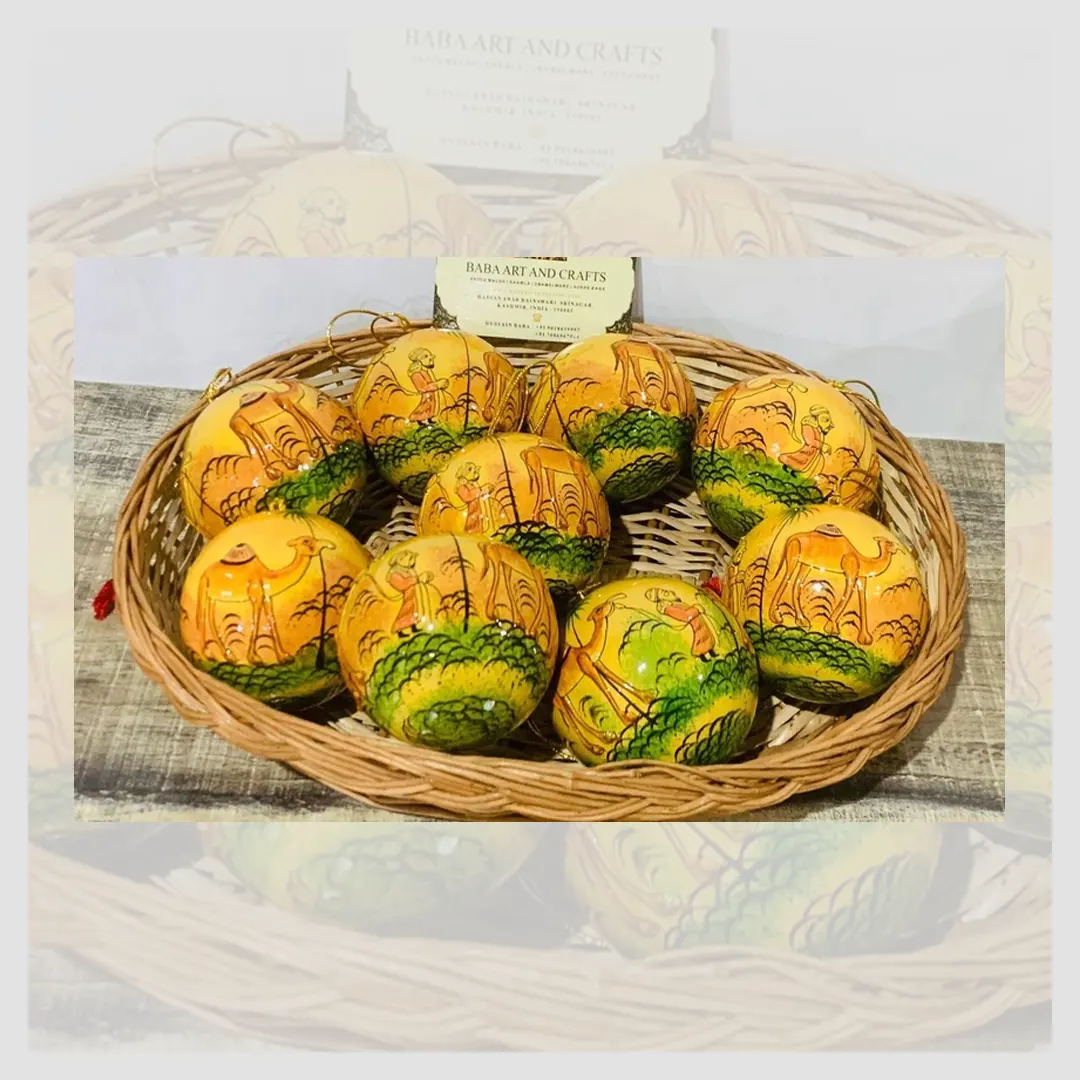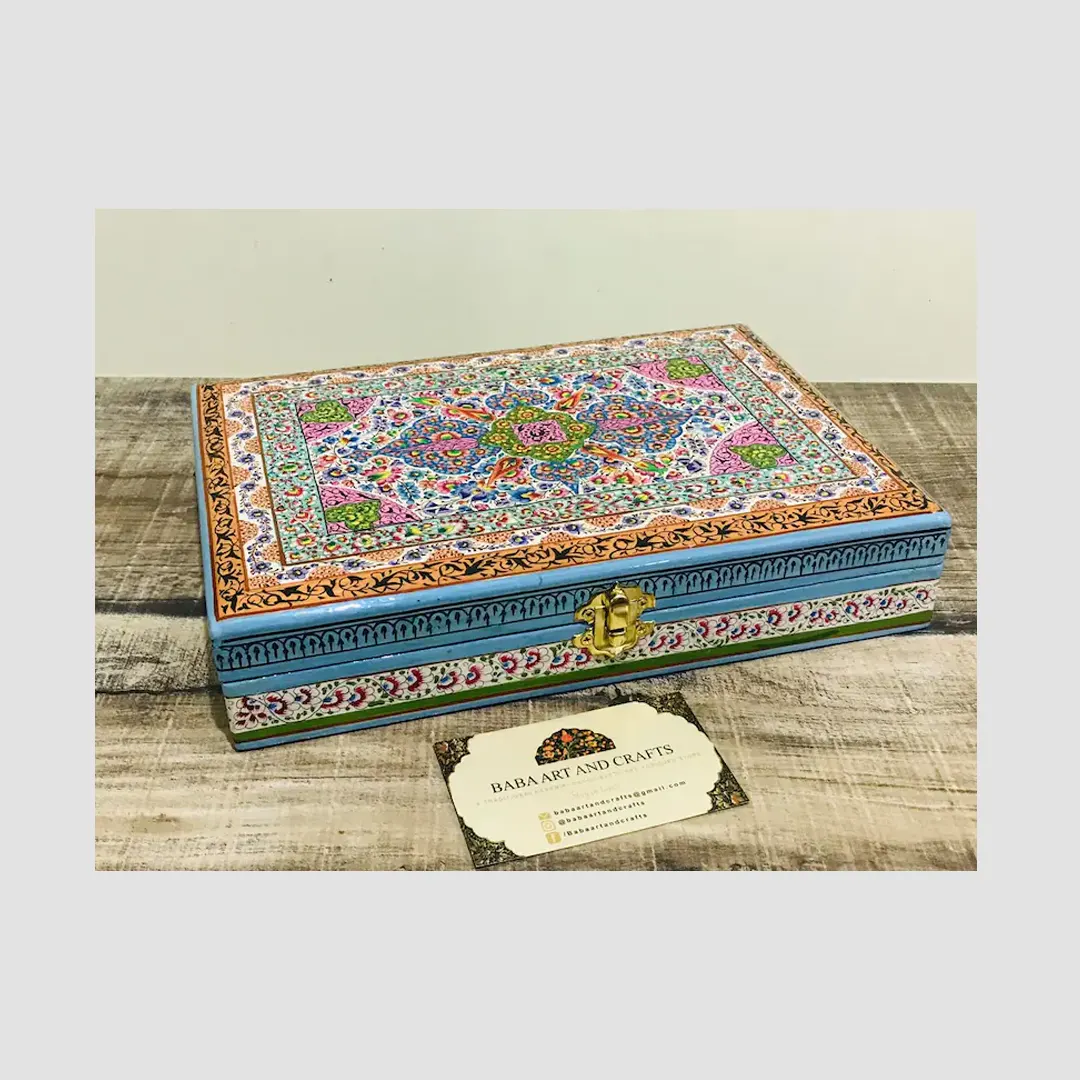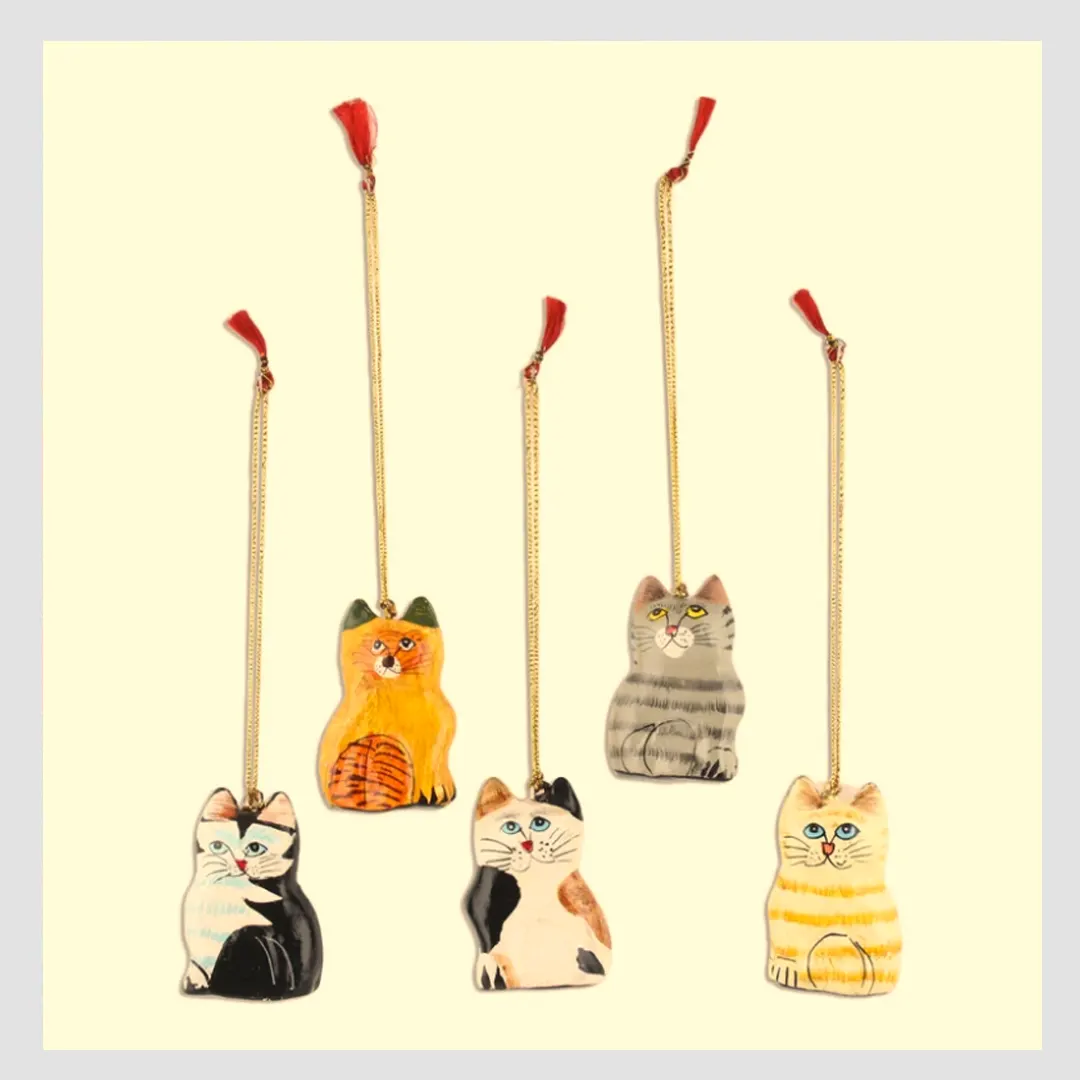India is a land of rich cultural diversity, and its artistic heritage spans millennia. Among the numerous traditional crafts that have flourished in this subcontinent, one stands out for its intricate beauty and meticulous craftsmanship - Kashmiri Paper Mache. This ancient art form, hailing from the picturesque valley of Kashmir, has captivated hearts worldwide with its exquisite handcrafted creations. Join us on a journey to discover the world of Kashmiri Paper Mache, a true masterpiece of Indian craftsmanship.
In the picturesque valleys of Kashmir, amidst the breathtaking Himalayan landscapes, lies a unique and time-honored art form that has mesmerized the world for centuries - Kashmiri Paper Mache. This exquisite craft, which originated in Persia and found its way to Kashmir in the 15th century, has flourished as an essential part of the region's rich cultural heritage. The art of Kashmiri Paper Mache involves creating intricate and delicate masterpieces that showcase the skills and creativity of the artisans, making it an unparalleled representation of the union between aesthetics and craftsmanship.
History and Origins:
The history of Kashmiri Paper Mache can be traced back to the 15th century when the Persian art of paper mache was introduced to the region by a renowned saint named Mir Sayyid Ali Hamadani. The art form quickly captured the imagination of local artisans, who then combined it with their indigenous styles to create a distinctive Kashmiri variant. Over the centuries, the craft has evolved, passing down through generations of skilled craftsmen who have honed their techniques and added innovative designs, thereby ensuring its continued relevance in contemporary times.
A Glimpse into the History:
Kashmiri Paper Mache has a history that dates back over 700 years. It is believed to have been introduced to the region by Persian artists during the reign of King Zain-ul-Abidin, who was a patron of the arts. Over the centuries, the craft has evolved and incorporated local influences, becoming a distinctive and cherished part of Kashmir's cultural identity.
Materials and Techniques:
The making of Kashmiri Paper Mache involves a meticulous and labor-intensive process. The primary materials used are paper pulp, cloth, and an adhesive solution made from rice starch. The process begins with soaking waste paper in water until it disintegrates into a pulp. This pulp is then mixed with the adhesive solution and kneaded into a fine clay-like consistency.
The artisan shapes the paper mache mixture over a mold, usually made of wood, to give the desired form to the object. The object is then allowed to dry in the sun, after which it is carefully sanded to achieve a smooth texture.
The most intricate and breathtaking part of Kashmiri Paper Mache is the painting and detailing. The artisan uses natural dyes and vibrant colors to create elaborate floral motifs, scenes from nature, and intricate patterns. The artists demonstrate extraordinary skill and precision while hand-painting each design, and it is this artistry that sets Kashmiri Paper Mache apart from other similar crafts.
The Artistic Process:
At the heart of Kashmiri Paper Mache lies an intricate and labor-intensive process. Artisans begin with a base, often made of paper pulp, cloth, or even clay. This base is carefully shaped into the desired form, be it a vase, box, or figurine. The real magic happens in the meticulous hand-painting and embellishment that follows.
Designs That Mesmerize:
Kashmiri Paper Mache is renowned for its intricate and vibrant hand-painted designs. Using natural pigments, artisans create stunning motifs inspired by nature, Persian art, and Kashmiri culture. Flowers, birds, chinar leaves, and paisley patterns are just a few examples of the motifs that adorn these masterpieces. The process often involves layering colors and intricate detailing, showcasing the artist's skill and creativity.
The Unique Papier-Mache-Process:
One distinguishing feature of Kashmiri Paper Mache is the papier-mâché process itself. This involves the careful layering of paper strips, which are soaked in rice starch and adhesive. The result is a sturdy, yet lightweight structure that forms the canvas for the intricate paintings. This unique process has been passed down through generations and is a well-guarded secret among Kashmiri artisans.
Functional and Decorative Pieces:
Kashmiri Paper Mache transcends mere artistry; it offers a wide range of both functional and decorative items. From delicate jewelry boxes and decorative bowls to intricate vases and figurines, these pieces add a touch of Kashmir's elegance to any space. They are also treasured as unique gifts and souvenirs.
Preserving Tradition in Modern Times:
In today's fast-paced world, traditional crafts often face challenges. However, the art of Kashmiri Paper Mache has shown resilience and adaptability. Artisans continue to create new designs, collaborate with contemporary artists, and explore sustainable practices to ensure the craft's survival and relevance.
Conclusion:
Kashmiri Paper Mache is not merely an art form; it is a living testament to the rich cultural tapestry of India. It embodies the beauty of craftsmanship, the grace of tradition, and the allure of artistic expression. When you admire a piece of Kashmiri Paper Mache, you are not just looking at a work of art; you are connecting with a centuries-old legacy that continues to flourish in the modern world. It is a testament to the timelessness of artistry, the resilience of tradition, and the enduring beauty of India's creative spirit.







